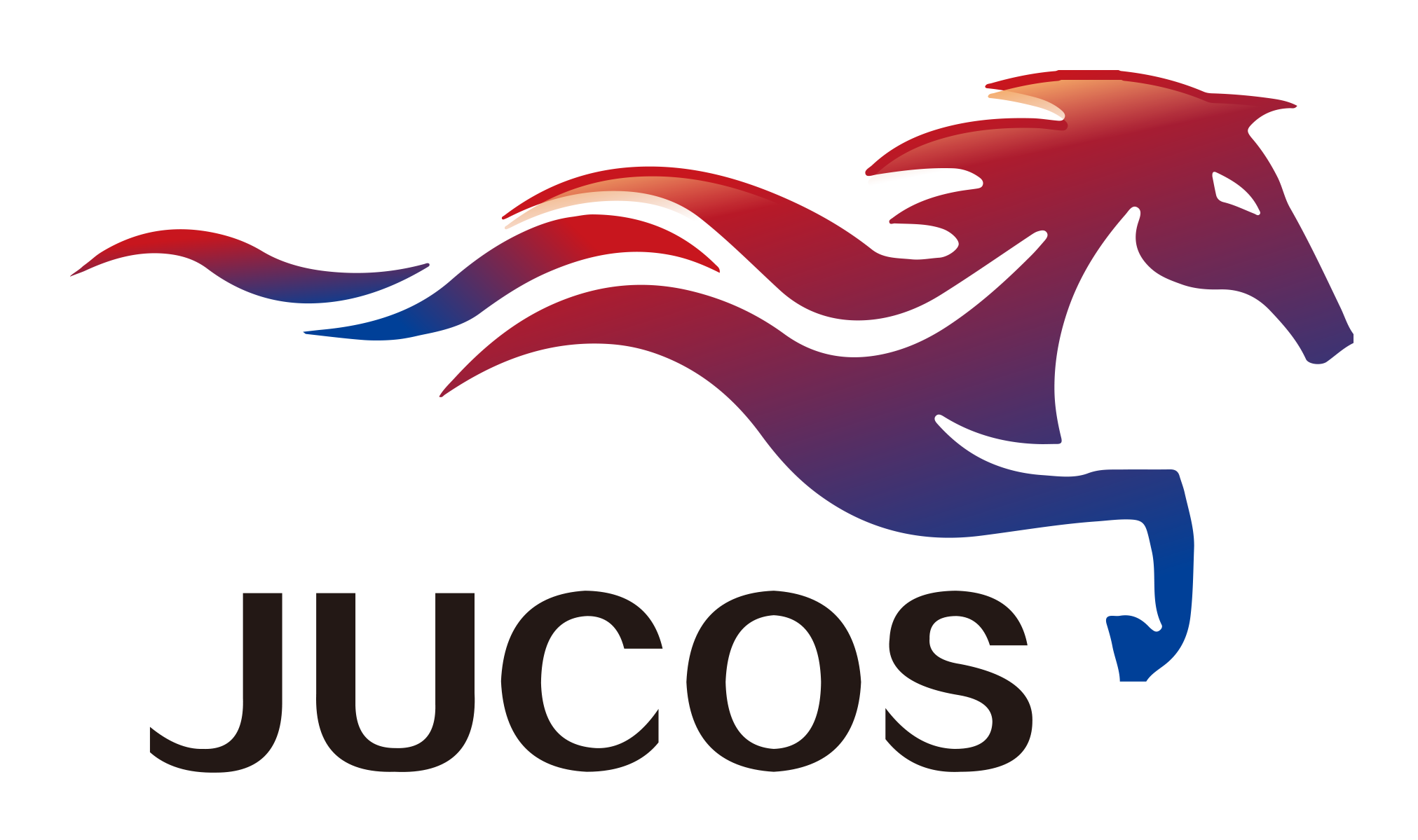How to choose a suitable etching potion and subsequent waste potion treatment?
In metal etching processing, various metals have some differences in the composition and ratio of etching potions. The following is a brief analysis of the selection of metals and potions.
1. Selection of copper and alloy etching system
The choice of copper and alloy etching systems has a greater degree of freedom. Commonly used etching systems include ferric chloride etching system, acid copper chloride etching system, alkaline copper chloride etching system, and sulfuric acid-hydrogen peroxide etching system. More are ferric chloride etching system and acid copper chloride etching system.
2. Selection of iron-based metal etching system
The iron-based metals commonly used in metal etching are mainly various mold steels, and most of them are for the etching of mold graphics. There are two main options for the etching formula: ferric chloride etching system and triacid etching system.
3. Selection of stainless steel etching system
There are two formulas for the etching solution of stainless steel. One is the etching solution based on ferric chloride used by most etching factories, and then some additives that can improve the etching performance are added as needed, such as nitrate and phosphoric acid. , hydrochloric acid, benzotriazole, urotropine, chlorate, etc.; the second is aqua regia etching solution prepared with nitric acid, hydrochloric acid and phosphoric acid. It is then adjusted to the process concentration range by analysis.
4. Selection of etching system for aluminum and alloys
The etching systems of aluminum and alloys are acidic and alkaline. The acid etching systems mostly use ferric chloride, hydrochloric acid, and phosphoric acid-fluoride systems. Among them, the application of ferric chloride etching system is the most common.
5. Selection of titanium alloy etching system
Titanium alloys can only be etched in fluoride systems, but titanium alloys are prone to hydrogen embrittlement during etching. Etching systems consisting of low acidity fluoride and hydrogen peroxide can be used.
Etching processing is chemical etching. In this chemical processing method, the treatment and discharge of waste syrup is very important. If it is not handled properly, it will cause great pollution to the environment. How to deal with waste syrup is briefly introduced:
The main factors affecting the metal etching process are acid, alkali and ferric chloride, and the waste coating must be properly treated and cannot be discharged casually. Acid and alkali wastewater are generally treated by neutralization. Just in the etching process, there are alkaline wastewater and acidic wastewater. They can be neutralized with each other. Of course, it is impossible to have an acid-base balance. Make up for what is missing, so that the PH value meets the discharge requirements, and at the same time remove excess metal ions. After precipitation, clean water can be discharged. The pollution of ferric chloride waste liquid to the environment is mainly due to its image.
Wherever it touches, there is a yellow rust, which is very ugly and damages the environment. The waste coating should be canned and recycled by professional processing units. For the treatment of wastewater containing ferric chloride, the most common treatment method is to put in lime milk, which can not only neutralize the acid, but also precipitate the ferric iron and other metal ions in the wastewater. The impurities have agglomeration effect.











